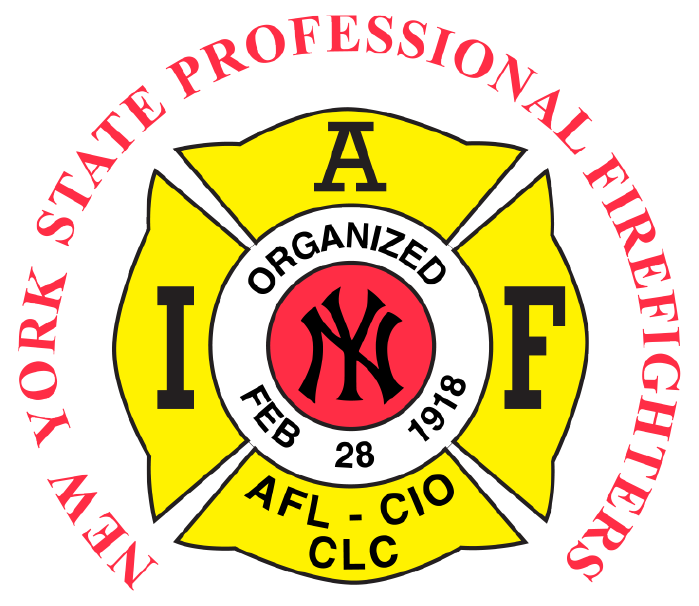Dear Brothers and Sisters,
The NYSPFFA Executive Board met with IAFF officials today on a conference call to discuss COVID-19.
Many important topics were discussed on the call and a brief overview will be offered below with topics discussed today and will be included on the IAFF website in the FAQ section.
Additionally, as of this email our collective request for resources has been sent to the Governors office. We will continue to lobby and work with his office to get our members the necessary resources to keep our members safe.
Highlights and takeaways from today’s meeting:
- Locals need to take this seriously – its not a matter of IF, it’s WHEN
- Need to get on the IAFF’s website and READ. It is updated daily as this is a changing and evolving problem
- Being ahead of the curve is all about information and then being prepared
- Wash hands, don’t touch face, 6 feet distance, if your sick stay home
- Need to limit number of members responding to these type of calls
- Fill out exposure reports
- Discussed importance of social distancing
- Maybe locals should have discussions about limiting at risks members from responding to these types of calls. Members over 60 and with the identified at risk conditions should maybe not respond.
- Consider setting up response teams
- Need to push for better dispatch protocols. Circumvent dispatch hierarchy and go political
- Regardless of dispatch, need to be careful on calls, don’t trust information given thru dispatch. Stop at door of call and question patient there. If it’s necessary to go in, send one person in for assessment before any else enters
- Discussion of how to gauge needed PPE’s. IAFF is going to work on planning tools for spread projection.
- Testing
- As of now testing only given to people if the are showing signs. An exposure to a known patient does not equal testing. This policy means the “window period” between infection and when it would show up in your body on a test result is currently unknown
- If tested results are taking on average 3-4 days. If exposed symptoms show up 4-9 day on average, 4 days first signs and then full blown in 9 days.
- First responders need to be prioritized ahead of other healthcare providers because they are in a controlled environment
- IAFF working on document for family members
- IAFF is working on emergency changes to Ryan White Act to include COVID-19
- It is believed local medical director has authority on “scope of practice” e.g. to change transport protocols
- IAFF working on document re available funds (e.g. HHS, State H&S, UASI)
- State medical director may have power to supersede county and local directors; top down to affect global changes to responses
- IAFF is looking into billing if transports are to other locations other than hospitals (federal CMS fee schedules).
- Aisha Rivera Margarin, John Hopkins, Deputy Program Director, Occupational & Environmental Medicine Residency
- Factors in difference spread rates between countries (NPR compared Singapore to Iran, Italy and Japan):
-
- Transparency - gov. communicate to the extent possible; lots of unknowns
- Proactivity
-
-
-
-
- US severely limited testing capability; more testing will show more cases
- Cancel events - the time is now; limit crowds of people to less than 15; regardless of location - don’t know who is infected due to lack of testing
- Social distancing - no shaking hands
- Recommendation should still be N95, not surgical masks; CDC watering down standard
- Special teams to respond to PUIs, no high-risk members (e.g. over 60 yrs old or comorbidity factors)
-
-
-
-
As always, stay safe and if you have any questions, please call.
Sincerely,
THE NYSPFFA Executive Board
-
- Factors in difference spread rates between countries (NPR compared Singapore to Iran, Italy and Japan):
